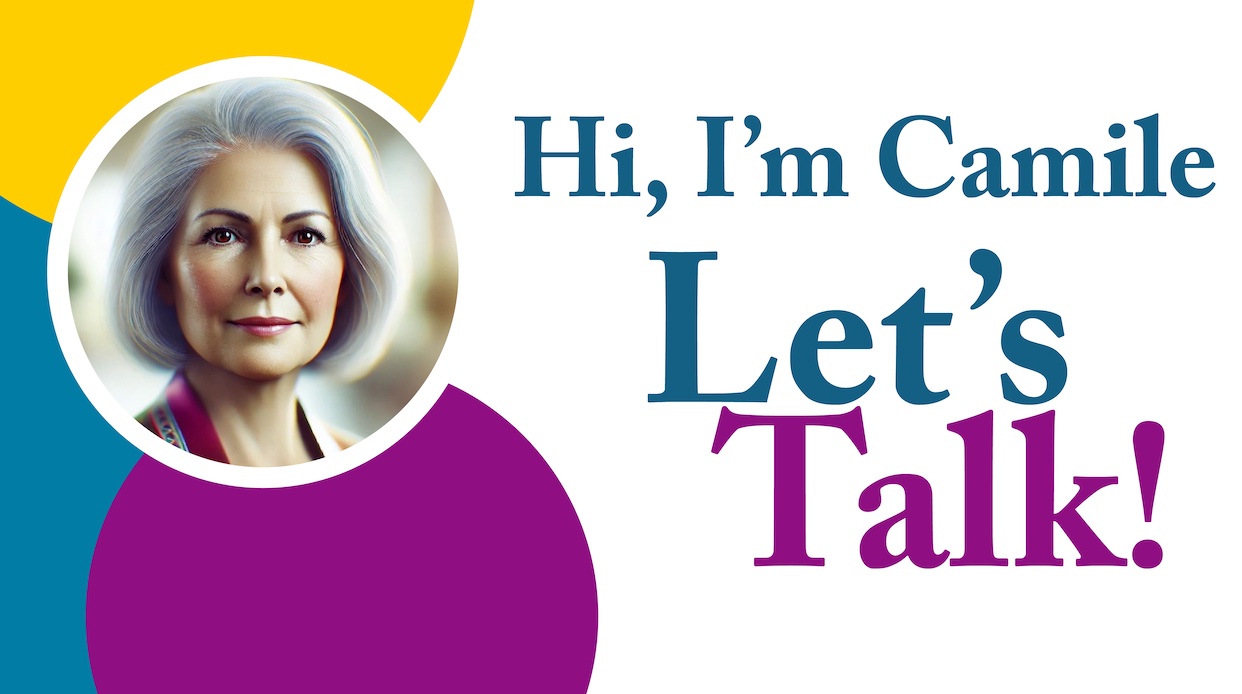
Aging with Meaning and Purpose
Aging is too often thought of as a period of inevitable decline — a slow retreat from ambition and purpose. Yet, this stage of life holds profound potential for transformation and renewal. The pioneering psychologist Carl Jung saw the later years not as an ending but as a vital period of transformation and fulfillment. In his framework, aging is an opportunity to move beyond societal roles and external achievements toward deeper self-awareness and inner peace. Through Jungian principles, seniors can cultivate a richer sense of meaning and awareness, aligning their daily lives with greater purpose and intention. Approaching this stage with mindful intent allows individuals to navigate aging with greater clarity, embracing it as a journey of continued growth and discovery.
It is essential to distinguish between purpose and intention in this stage of life. Purpose is the overarching reason for being—the guiding force that gives life direction and meaning. It is the deeper calling that informs one’s sense of fulfillment. Intention, on the other hand, is the conscious choice to engage with each day in a way that aligns with that purpose. While purpose provides the map, intention ensures we are walking the path with awareness and presence. Together, they create a meaningful approach to aging, balancing vision with mindful daily action.
Individuation: The Journey Toward Wholeness
Jung proposed that life is divided into two primary halves. The first half is focused on building identity—career, relationships, status, and societal roles. The second half, beginning in midlife and continuing into old age, is where individuation becomes central. Individuation is the process of integrating all aspects of the self, both conscious and unconscious, into a cohesive and authentic whole.
For seniors, this means a shift from external validation to inner fulfillment. It is an opportunity to ask deeper questions: Who am I beyond my roles as a parent, spouse, or worker? What are the core truths of my being? What parts of myself have I neglected? Engaging in self-reflection, creative expression, or spiritual practice can facilitate this process, leading to a richer, more meaningful experience of aging.
Embracing the Shadow: The Work of Integration
One of Jung’s most powerful concepts is the shadow—the hidden, often repressed parts of ourselves that contain both unacknowledged strengths and unresolved wounds. As we age, memories and emotions that were once pushed aside may resurface. Confronting these with curiosity and compassion can lead to profound healing.
Shadow work can take many forms, including journaling, dream analysis, therapy, and deep conversations with trusted friends. By facing and integrating the shadow, seniors can release old fears, regrets, or resentments, making space for a greater sense of peace and self-acceptance. This process allows for a more complete and honest selfhood in later years.
Archetypes and the Mythic Dimension of Aging
Jung believed that we are influenced by universal archetypes—symbolic patterns that shape human experiences. For seniors, key archetypes include:
- The Wise Elder – Representing wisdom, guidance, and reflection, this archetype invites seniors to embrace their accumulated life experience and offer insights to younger generations.
- The Sage – Embodying the pursuit of truth and inner knowledge, the Sage encourages deep contemplation, learning, and spiritual growth.
- The Crone – Traditionally seen in mythology as a figure of deep intuition and transformation, the Crone archetype speaks to the power of embracing one’s age with dignity, authenticity, and spiritual insight.
By recognizing and embodying these archetypal roles, seniors can shift their perspective on aging from one of limitation to one of empowerment, purpose, and legacy.
The Transcendent Function: Integrating the Spiritual Dimension
Jung saw the second half of life as inherently spiritual, a time when individuals naturally turn inward to seek meaning beyond material concerns. The “transcendent function” refers to the ability to bridge the conscious and unconscious, often through dreams, symbols, meditation, or creative expression.
For seniors, this might mean nurturing spiritual practices, engaging with sacred texts, or immersing in reflective pursuits—whether through nature walks, poetry, or mindfulness—that enrich the soul and deepen self-awareness. This inner work fosters a sense of connection with something greater—whether it be God, the universe, or the collective wisdom of humanity.
Synchronicity: Finding Meaning in Everyday Life
Jung introduced the concept of synchronicity—those striking coincidences that seem to defy mere chance, hinting at a deeper, interconnected reality. These moments can serve as reminders of life’s interconnectedness and the guiding hand of a greater intelligence.
For example, an old friend unexpectedly calls at a moment of need, or a book appears that perfectly answers a deep question. By paying attention to these moments, seniors can cultivate a sense of wonder and trust in life’s unfolding mystery. Recognizing synchronicity reinforces the idea that our later years are not random or meaningless but part of a larger, divine pattern.
Aging as a Return to the True Self
Jung suggested that aging, rather than being a loss, is actually a return—to simplicity, authenticity, and the core essence of who we are. Without the pressure to achieve or conform, seniors have the freedom to live in alignment with their deepest values and desires. This might mean embracing creativity that was set aside in youth, reconnecting with forgotten passions, or cultivating new relationships that reflect one’s true nature. It is a time to let go of societal expectations and fully inhabit one’s authentic self.
Practical Steps for Applying Jungian Principles to Aging
- Self-Reflection – Engage in journaling, meditation, or quiet contemplation to explore your inner world.
- Shadow Work – Identify unresolved emotions or hidden strengths and integrate them through therapy, art, or discussion.
- Archetypal Awareness – Recognize and embody the archetypes that resonate with your stage of life.
- Spiritual Exploration – Deepen your relationship with spirituality through reading, prayer, or sacred practices.
- Recognizing Synchronicity – Stay open to meaningful coincidences and their deeper messages.
- Creative Expression – Use painting, writing, music, or other arts to engage with the unconscious and give voice to the soul.
- Community and Mentorship – Share your wisdom with younger generations and engage in intergenerational relationships.
Conclusion: Embracing Aging as a Sacred Journey
Carl Jung’s vision of aging is profoundly hopeful: it is not an ending but a stage of great spiritual and psychological richness. By engaging in individuation, embracing the shadow, exploring archetypes, and deepening spiritual awareness, seniors can experience their later years as a time of transformation rather than decline.
Aging, in this light, is a sacred journey—a homecoming to the truest self, a deep embrace of wisdom, and a conscious preparation for life’s ultimate mystery.
To continue this journey of self-discovery, we invite you to explore our upcoming article: “Dreamwork and the Individuating Self in Later Life.” Dreams offer a powerful window into the unconscious, revealing insights into unresolved questions, spiritual growth, and the inner journey of later life. Stay tuned as we explore how seniors can engage with Jungian dream analysis to navigate this significant chapter with greater awareness and fulfillment. By walking this path with intention, seniors can uncover not only meaning and purpose but also profound peace and enrichment in the unfolding story of their lives.




